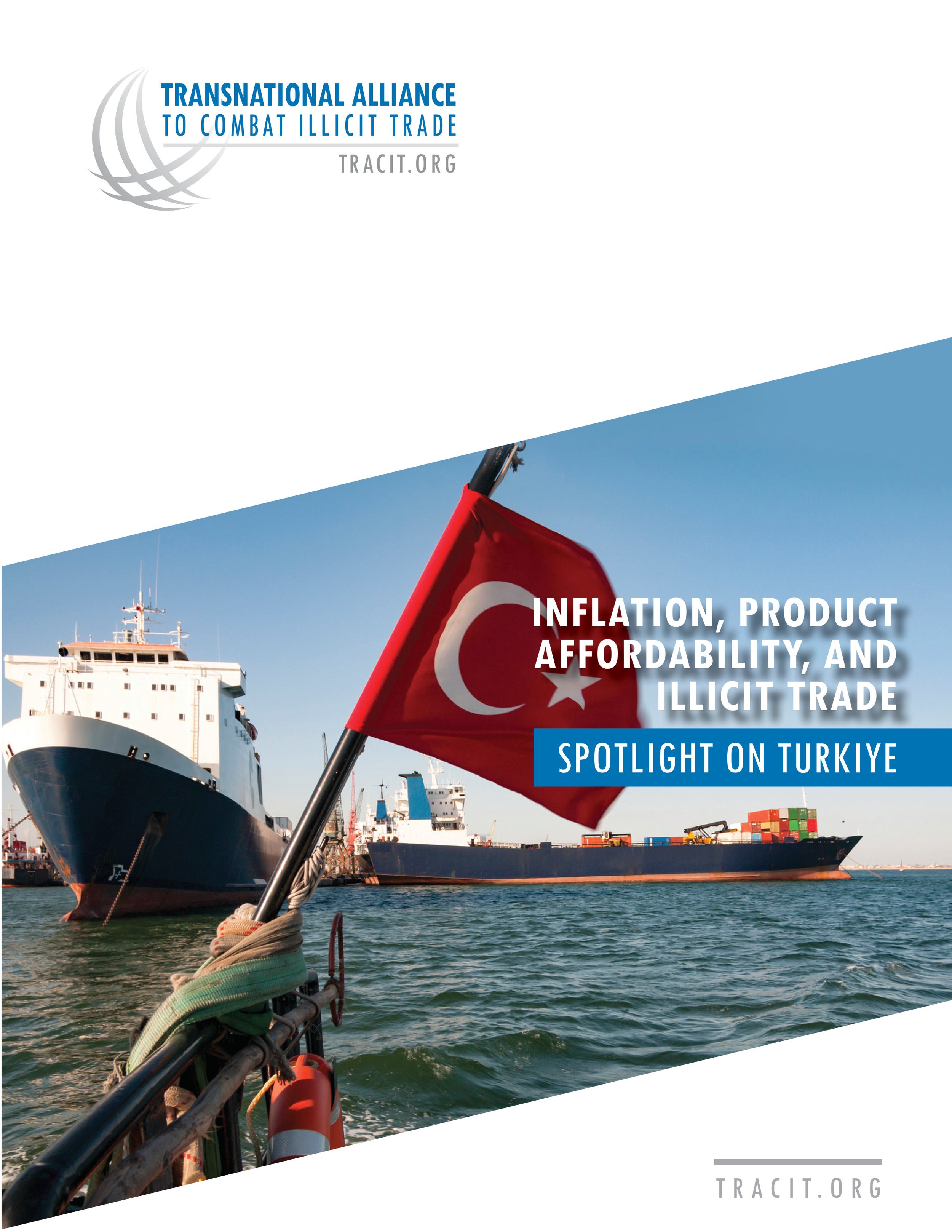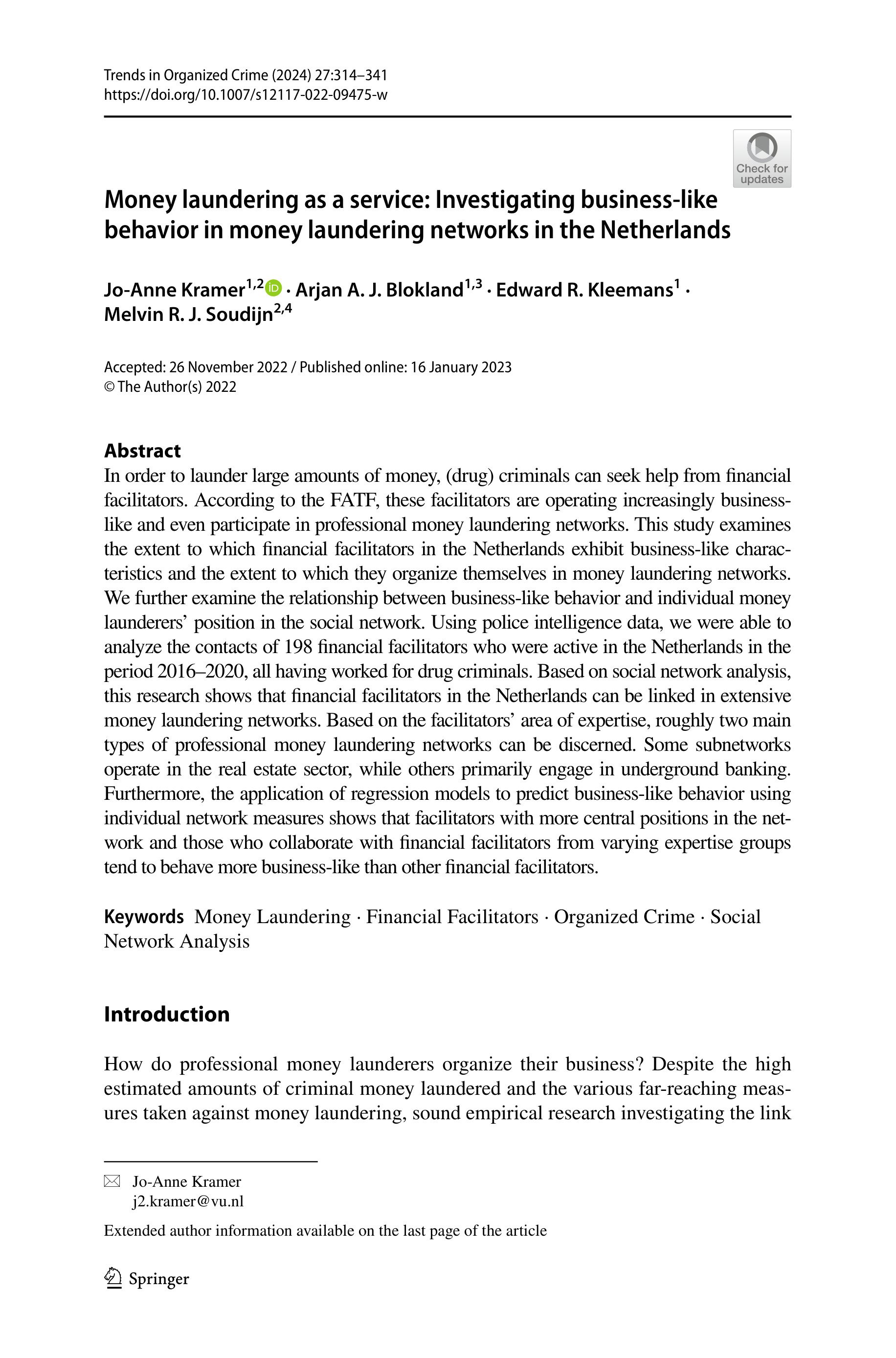By United Nations Office of Drugs and Crime - UNODC
Fraud has evolved significantly over the years, adapting to technological advancements and changes in society. It has become increasingly sophisticated, often using psychological manipulation, enabled by information and communications technologies (ICTs). The high volume and severity of fraud pose a significant risk to people, economies and prosperity worldwide, and have a negative impact on the public’s confidence in the rule of law. However, developing an accurate understanding of fraud presents several challenges. Victims often underreport fraud due to feelings of shame, self blame or embarrassment, as well as a lack of recognition that a crime has occurred. Moreover, a significant portion of fraud targets businesses, many of which choose not to report these crimes to avoid damaging their reputation. The anonymity and remoteness often associated with fraud perpetration conceal the identities of offenders from both victims and authorities, hindering efforts to assess underlying patterns, factors of vulnerability and associated risks. Furthermore, the dynamic nature of fraud — which is constantly being adapted to changes in legal, social, commercial and technological systems — means that new and innovative methods of the offence may go unnoticed within static official data. In many cases, domestic law enforcement entities do not have the capacity to investigate and uncover the offenders and the organized criminal groups behind the crime: international cooperation is required, suggesting the need to give greater prominence to fraud in the policy framework and legislation against organized crime.
The international community has recognized the worrying scale of fraud and the need for joint efforts in preventing and combating it. The General Assembly, in its resolution 78/229, reaffirmed the importance of the work of the United Nations Office on Drugs and Crime (UNODC) in the fulfilment of its mandate in crime prevention and criminal justice, including providing to Member States, upon request and as a matter of high priority, technical cooperation, advisory services and other forms of assistance, and coordinating with and complementing the work of all relevant and competent United Nations bodies and offices in respect to all forms of organized crime, including fraud. Nevertheless, the intersection between fraud and organized crime is not well understood and is further complicated by overlaps with other key areas, including cybercrime, white-collar crime, money-laundering and corruption. An understanding of organized fraud is necessary to inform the decisions of policymakers and other stakeholders and drive effective responses. The United Nations Convention against Transnational Organized Crime, the main global legally binding instrument to prevent and fight all forms and manifestations of transnational organized crime and protect the victims thereof, provides a framework to understand the nature of organized fraud and how the response to it can be integrated into the response to the different threats presented by transnational organized crime.
Scope of the issue paper
Fraud is an expansive category of crime. One of the greatest challenges to understanding it is its scope. It encompasses a range of criminal behaviours that are bound together by the common principle of dishonesty. The opportunities to employ dishonesty for the purposes of fraud span the full range of social, commercial, financial and technological settings, which can vary in different regions of the world. These opportunities are exploited by criminals from highly diverse backgrounds, ranging from professionals exploiting a legitimate corporate position to cybercriminals from within deprived communities. In this way, fraud is distinct from many other criminal categories that cover more discrete criminal behaviours occurring in specific settings (e.g. burglary). This diversity creates challenges in terms of developing a single, cohesive and comprehensive picture of fraud. The present issue paper covers fraud perpetrated by organized criminal groups (i.e. organized fraud). The role of organized crime can vary depending on the type of fraud, although, to a greater or lesser extent, it has a footprint in nearly all types of fraud. For the purposes of containing the scope of the issue paper, the following elements are not included:
Other crimes in which fraud plays an enabling role, including the fraudulent use of identity to prevent a perpetrator from being traced, such as opening financial accounts to launder the proceeds of crime; fraudulent communications to enter into a relationship with a victim for the purpose of blackmailing or extorting money from them;1 and fraudulent job advertisements for recruiting and trafficking victims into forced labour and servitude.
Fraud targeting the financial interests of the State (e.g. tax regimes), such as missing trader intra-community fraud (otherwise known as MTIC or VAT fraud); excise fraud, in which duties on imported products are not paid (e.g. fuel); public procurement fraud; and fraudulent applications for government grants and subsidies. The policy and response landscape for addressing these types of fraud can be distinct, being made up of various agencies and regulatory powers beyond law enforcement (e.g. the tax authority). The links between these types of fraud and organized crime are more well established in the literature.
The focus of the issue paper is organized fraud that targets individual members of the public or private institutions for the purposes of obtaining a financial or other material benefit.
Vienna: UNODC< 2024. 82p.





















